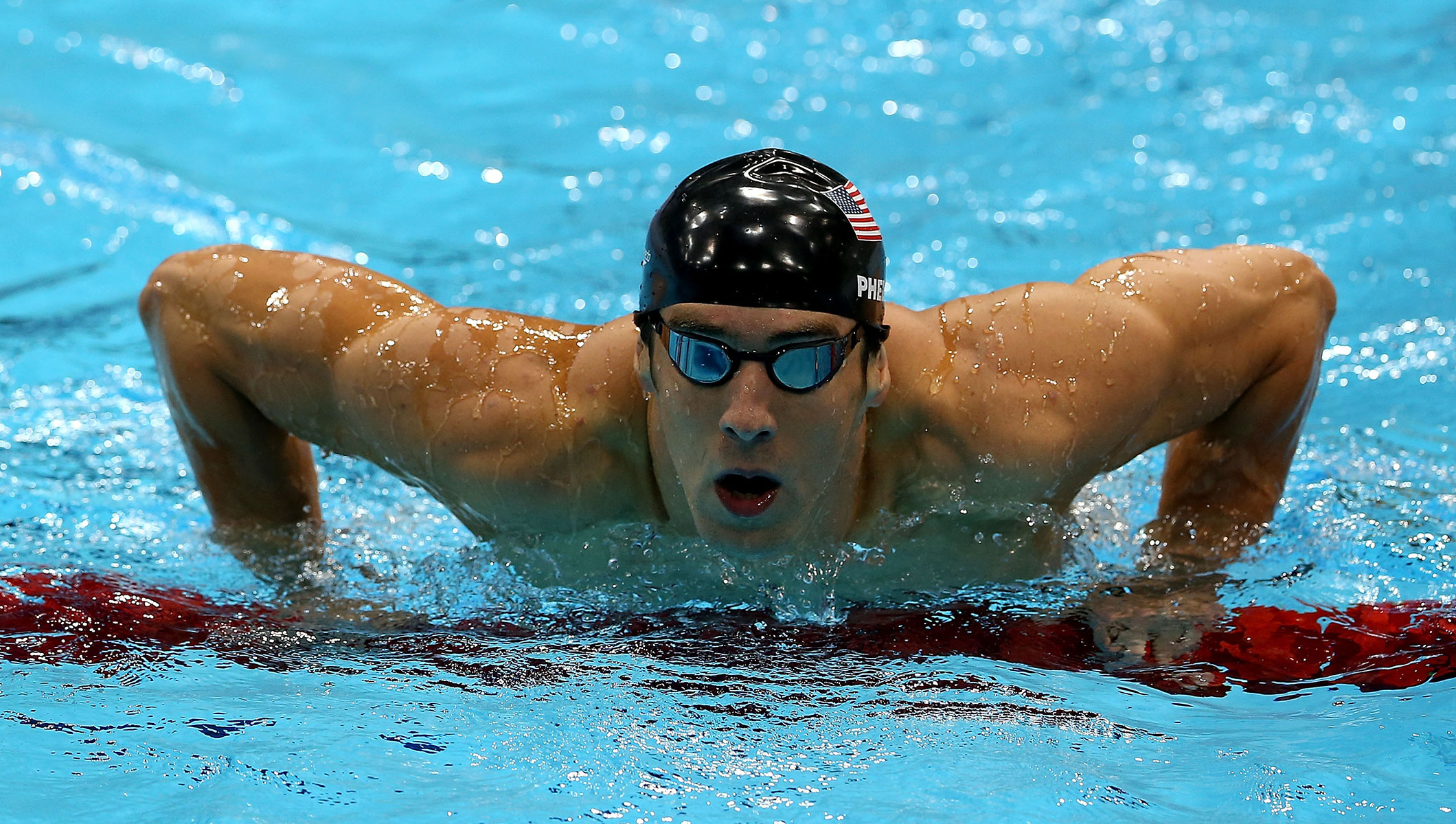Why You Should Include Fillers In Your Athletes' Training Programs
I was recently asked how I would go about training a swimmer. I outlined the benefits of 1-2 resistance training sessions per week for endurance athletes. I talked about if the swimmer was a sprinter then I’d attack their training much like a track sprinter to ensure we’re training the right energy systems. I then went in to great detail about the importance of postural work for swimmers, as most end up with some serious anterior tilt and elevation. One of the comments I got in return was that this athlete was highly motivated and wanted to feel like they were working hard in the weight room and it would help with her times. She wouldn’t want to do fluff. This was a brilliant and valid point – and what led me to write this post. This is why including fillers is such an effective programming strategy.

A “filler” is a low intensity exercise; a corrective; or “fluff”; to be paired with a more high intensity exercise. A filler could be a mobility or stability drill, a positional breathing drill, or any type of rehabilitation exercise.
I love utilizing fillers in training programs because they don’t add much time (if any to the training session). You can attack some low-hanging fruit and accumulate some significant volume to push the needle in making positive adaptations in some much needed areas without having to devote a separate session to the “fluff”.

Here’s the thing: it goes without saying that it’s vitally important to train athletes to be strong, fast, and powerful. However, it’s just as important for them to do the lower-intensity stuff because that’s what’s going to help them stay healthy. The problem is that squatting, benching, sprinting, jumping, and throwing are fun. It’s not hard for me to motivate my athletes to get after this stuff and do it properly. What can be an uphill battle at times though is to get them to do the breathing, the mobility, and the static stretching stuff and to take it just as seriously. You’re also constrained by time in a lot of cases. That’s where fillers come in.
Let me hit you with an example. Let’s say I’m training a senior high school pitcher at the very start of the off-season. This guy amassed 70 innings over the spring and summer. After my assessment with him, I outline a few major areas I want to address: he needs to improve active shoulder flexion, thoracic spine rotation, and ankle dorsiflexion
This could be his Monday lower body training session

Let me expand on this a little bit. I love including fillers with our baseball players explosive medicine ball work. We want each set of the med-ball exercise to be as explosive as possible so I want between 90 seconds to 2 minutes in between sets. So instead of just resting, I pair a low intensity exercise with each: in this case, a t-spine rotation drill and an ankle dorsiflexion drill.
The same can be said about A2 and B2 in the lift itself. I want 2-3 minutes in between heavy sets of the deadlift, and so instead of just resting, we get in a few sets of back to wall shoulder flexion to address overhead mobility and then some rhythmic stabilizations with our heavy unilateral exercise of the day.
Let’s say I didn’t include these fillers. The athlete could do a separate session of – or start their training session off with:
Band-Assisted Quadruped Extension Rotation: 3×6/side
Rockback Ankle Mobs: 3×8/side
Back to Wall Shoulder Flexion: 3×8
Rhythmic Stabilizations: 3×10
This would be an ineffective use of time, and honestly doesn’t look very fun does it? I love using fillers because it allows me to “sneak in” all the correctives I want my athletes to do and they’re able to complete their training session in nearly the same amount of time as if they weren’t included at all.
